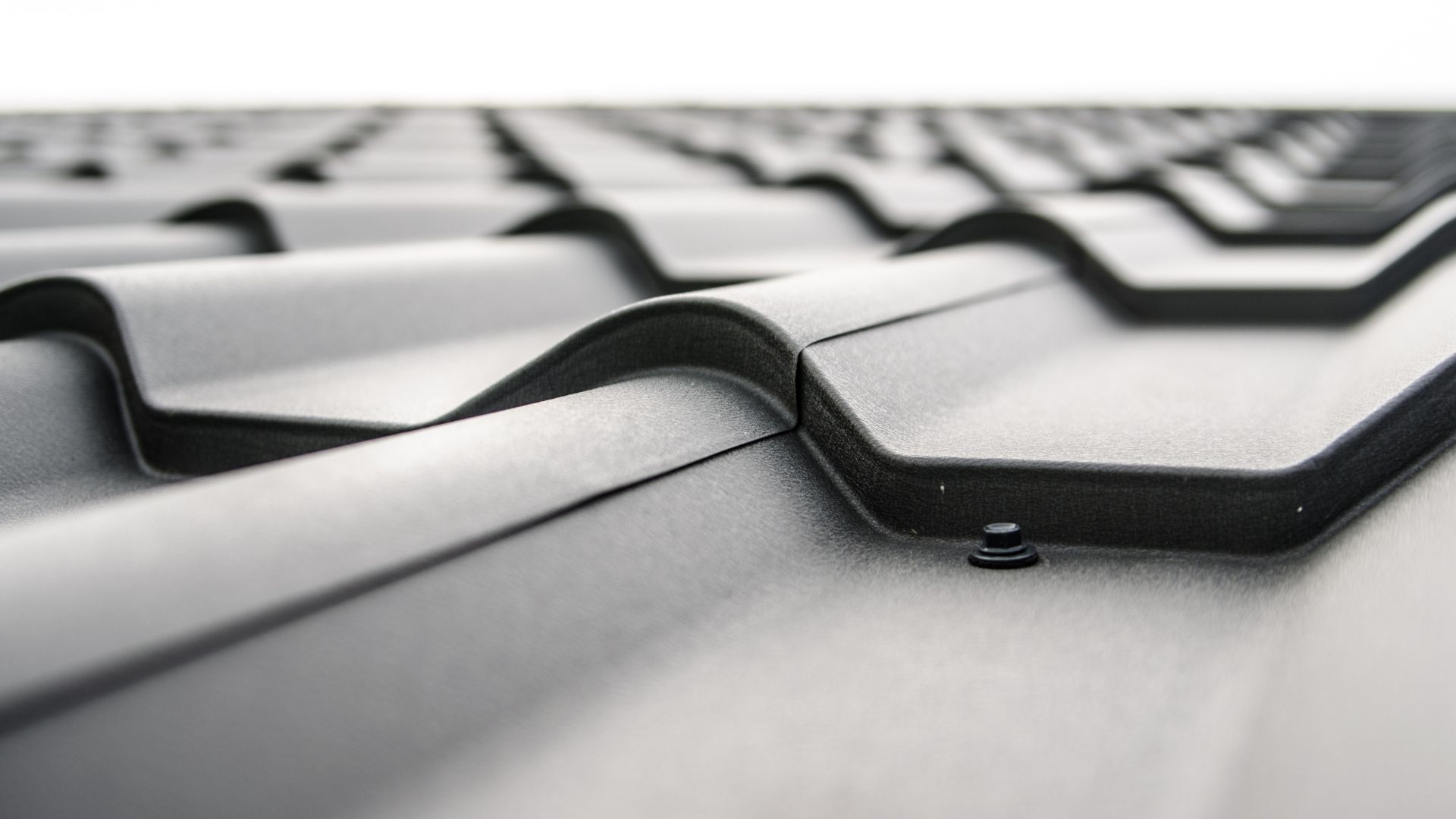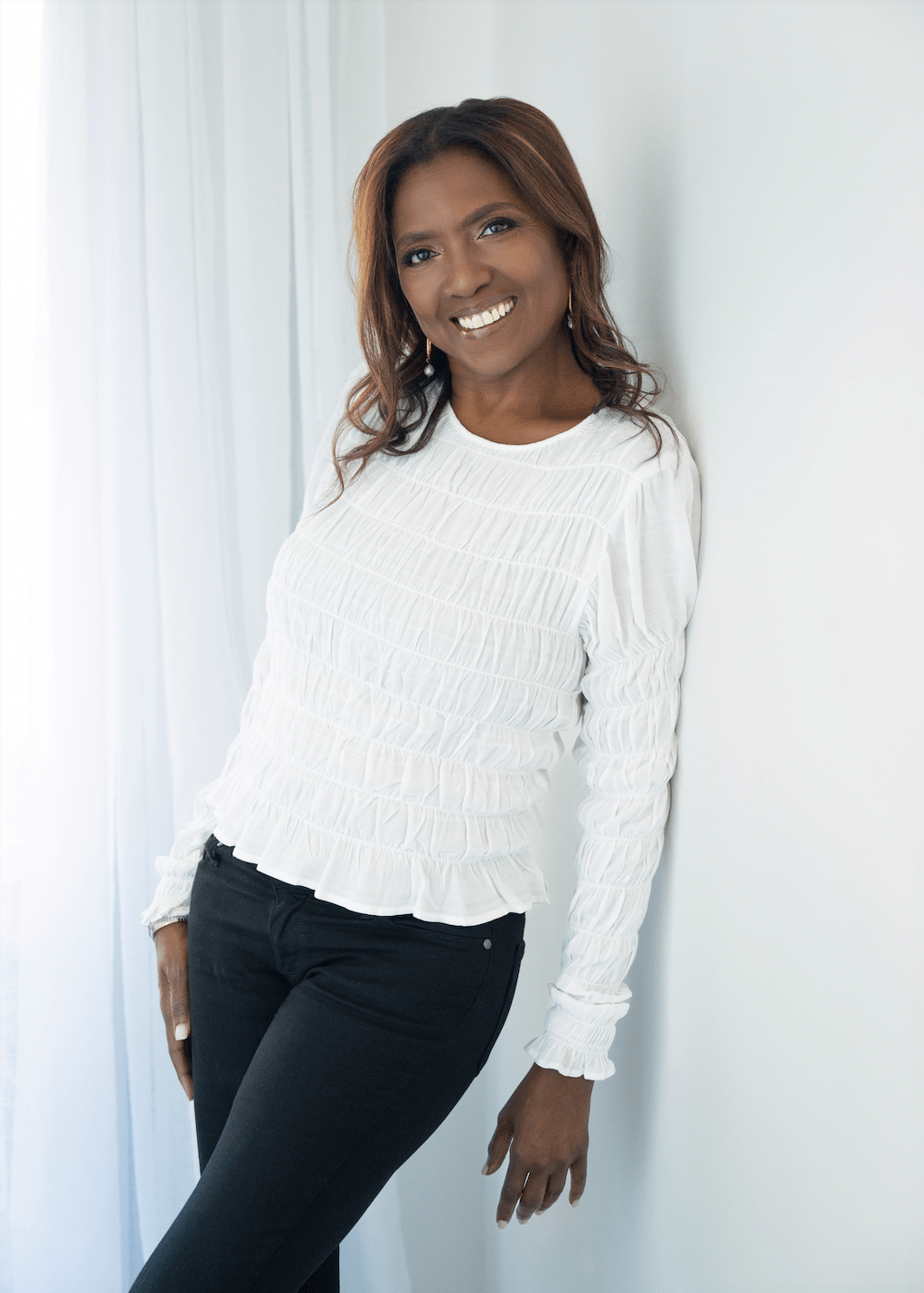Lifestyle
The Pros and Cons of Cedar Roofing: A Balanced View

Approach in choosing the right roofing material is one of the key issues for homeowners. The cedar available to select from is durable and attractive for a number of reasons, but it also has disadvantages. Below, we will consider the aspects of cedar roofing, including the features of installation.
Advantages of Cedar Roofing
Selecting an appropriate roofing material transcends mere visual appeal; it constitutes a long-term investment in the structural integrity, comfort, and environmental sustainability of your residence. Cedar roofing, characterized by its unique amalgamation of utilitarian and aesthetic advantages, consistently garners favour among both homeowners and architectural experts.
Design Versatility: A Dream for Architects
Cedar roofing is not just robust; it’s also highly adaptable in design. Whether you’re looking to restore a historical home or build a cutting-edge modern property, cedar can be tailored to your architectural preferences. This flexibility makes it a top pick among designers.
Energy Efficiency: Insulation Benefits
One often-overlooked advantage of cedar is its insulation capabilities. Proper insulation can lead to significant energy cost savings, and cedar is strong in this department as well. Its thermal resistance helps to maintain an energy-efficient household, which is especially beneficial in climates with extreme weather conditions.
Light yet Durable: Easy Installation
Cedar shakes and shingles are both durable and lightweight, simplifying the installation process and reducing the load on your home’s framework. Lighter materials often translate to faster installation, which could save you on labour expenses.
Environmentally Friendly: A Sustainable Option
Cedar is more than just a pretty face; it’s an eco-conscious choice too. The wood used for cedar roofing typically comes from responsibly managed forests, adding a green touch to its advantages.
Long-lasting: Not Just Another Roof
Cedar outshines many other materials when it comes to durability. A properly cared-for cedar roofing can last up to 30 years, surpassing many other alternatives. This longevity makes it a great option for those planning to live in their home for an extended period and wishing to avoid frequent roof replacements.
The Drawbacks of Cedar Roofing
While cedar offers a variety of benefits, it’s also essential to understand its limitations and potential disadvantages.
Colour Fade: An Aesthetic Consideration
Although cedar begins with a rich, inviting colour, it is susceptible to fading, especially if continuously exposed to direct sunlight. You may find the silvery-gray patina that eventually forms appealing, but preserving the original colour will require ongoing treatment.
Not Suitable for DIY: Professional Installation Required
The complexity of installing a cedar roof generally requires professional intervention. A cedar roofing project can be considerably more expensive than an asphalt one, potentially costing between $12,000 to $25,000, depending on various factors.
Local Regulations: Do Your Homework
In some locations, particularly those at risk of wildfires, local building codes may restrict the use of cedar roofing. It’s vital to be aware of local laws and regulations before making a choice.
Insurance Costs: A Hidden Expense
Cedar’s flammability can result in higher insurance premiums. Be sure to account for this extra cost when calculating your budget.
Wildlife Concerns: Uninvited Guests
While cedar is typically resistant to insects, larger animals like woodpeckers and squirrels may cause damage. If these animals are prevalent in your area, you might have to factor in repair costs.
Additional Considerations
Before you finalize your decision, there are a few other factors that might influence your overall satisfaction with a cedar roof. Should these particular animals be commonly found in your locality, the financial implications of potential repairs may need to be incorporated into your decision-making process.
Additional Factors for Evaluation
Prior to reaching a definitive conclusion, there exist several other variables that could impact your ultimate level of satisfaction with a cedar roofing installation.
Climate Adaptability
If you reside in an area subject to harsh weather, consider how well cedar can withstand those conditions. Although it resists rot and works well in damp climates, it might not be the best choice in fire-prone areas.
Warranty: Your Safety Net
Always look into the warranty terms for your roofing material. A solid warranty can offer both peace of mind and financial security should issues arise with your roof.
Resale Value: A Smart Investment
If you decide to sell your home, these roofs are often a selling point, thanks to their lasting quality and aesthetic appeal.
Conclusion
Opting for cedar roofing presents several distinct advantages, including but not limited to its durability, aesthetic versatility, and effective insulation properties. Nonetheless, potential drawbacks such as colour deterioration over time, initial installation expenses, and the likelihood of increased insurance premiums should not be overlooked. To ensure a decision that is both informed and aligned with your specific needs and lifestyle, it is advisable to consult with qualified professionals and to review local building codes and climatic conditions.
Lifestyle
Wanda Knight on Blending Culture, Style, and Leadership Through Travel

The best lessons in leadership do not always come from a classroom or a boardroom. Sometimes they come from a crowded market in a foreign city, a train ride through unfamiliar landscapes, or a quiet conversation with someone whose life looks very different from your own.
Wanda Knight has built her career in enterprise sales and leadership for more than three decades, working with some of the world’s largest companies and guiding teams through constant change. But ask her what shaped her most, and she will point not just to her professional milestones but to the way travel has expanded her perspective. With 38 countries visited and more on the horizon, her worldview has been formed as much by her passport as by her resume.
Travel entered her life early. Her parents valued exploration, and before she began college, she had already lived in Italy. That experience, stepping into a different culture at such a young age, left a lasting impression. It showed her that the world was much bigger than the environment she grew up in and that adaptability was not just useful, it was necessary. Those early lessons of curiosity and openness would later shape the way she led in business.
Sales, at its core, is about connection. Numbers matter, but relationships determine long-term success. Wanda’s time abroad taught her how to connect across differences. Navigating unfamiliar places and adjusting to environments that operated on different expectations gave her the patience and awareness to understand people first, and business second. That approach carried over into leadership, where she built a reputation for giving her teams the space to take ownership while standing firmly behind them when it mattered most.
The link between travel and leadership becomes even clearer in moments of challenge. Unfamiliar settings require flexibility, quick decision-making, and the ability to stay calm under pressure. The same skills are critical in enterprise sales, where strategies shift quickly and no deal is ever guaranteed. Knight learned that success comes from being willing to step into the unknown, whether that means exploring a new country or taking on a leadership role she had not originally planned to pursue.
Her travels have also influenced her eye for style and her creative pursuits. Fashion, for Wanda, is more than clothing; it is a reflection of culture, history, and identity. Experiencing how different communities express themselves, from the craftsmanship of Italian textiles to the energy of street style in cities around the world, has deepened her appreciation for aesthetics as a form of storytelling. Rather than keeping her professional and personal worlds separate, she has learned to blend them, carrying the discipline and strategy of her sales career into her creative interests and vice versa.
None of this has been about starting over. It has been about adding layers, expanding her perspective without erasing the experiences that came before. Wanda’s story is not one of leaving a career behind but of integrating all the parts of who she is: a leader shaped by high-stakes business, a traveler shaped by global culture, and a creative voice learning to merge both worlds.
What stands out most is how she continues to approach both leadership and life with the same curiosity that first took her beyond her comfort zone. Each new country is an opportunity to learn, just as each new role has been a chance to grow. For those looking at her path, the lesson is clear: leadership is not about staying in one lane; it is about collecting experiences that teach you how to see, how to adapt, and how to connect.
As she looks to the future, Wanda Knight’s compass still points outward. She will keep adding stamps to her passport, finding inspiration in new cultures, and carrying those insights back into the rooms where strategy is shaped and decisions are made. Her legacy will not be measured only by deals closed or positions held but by the perspective she brought, and the way she showed that leading with a global view can change the story for everyone around you.
-

 Tech5 years ago
Tech5 years agoEffuel Reviews (2021) – Effuel ECO OBD2 Saves Fuel, and Reduce Gas Cost? Effuel Customer Reviews
-

 Tech6 years ago
Tech6 years agoBosch Power Tools India Launches ‘Cordless Matlab Bosch’ Campaign to Demonstrate the Power of Cordless
-

 Lifestyle6 years ago
Lifestyle6 years agoCatholic Cases App brings Church’s Moral Teachings to Androids and iPhones
-

 Lifestyle5 years ago
Lifestyle5 years agoEast Side Hype x Billionaire Boys Club. Hottest New Streetwear Releases in Utah.
-

 Tech7 years ago
Tech7 years agoCloud Buyers & Investors to Profit in the Future
-

 Lifestyle5 years ago
Lifestyle5 years agoThe Midas of Cosmetic Dermatology: Dr. Simon Ourian
-

 Health7 years ago
Health7 years agoCBDistillery Review: Is it a scam?
-

 Entertainment6 years ago
Entertainment6 years agoAvengers Endgame now Available on 123Movies for Download & Streaming for Free
